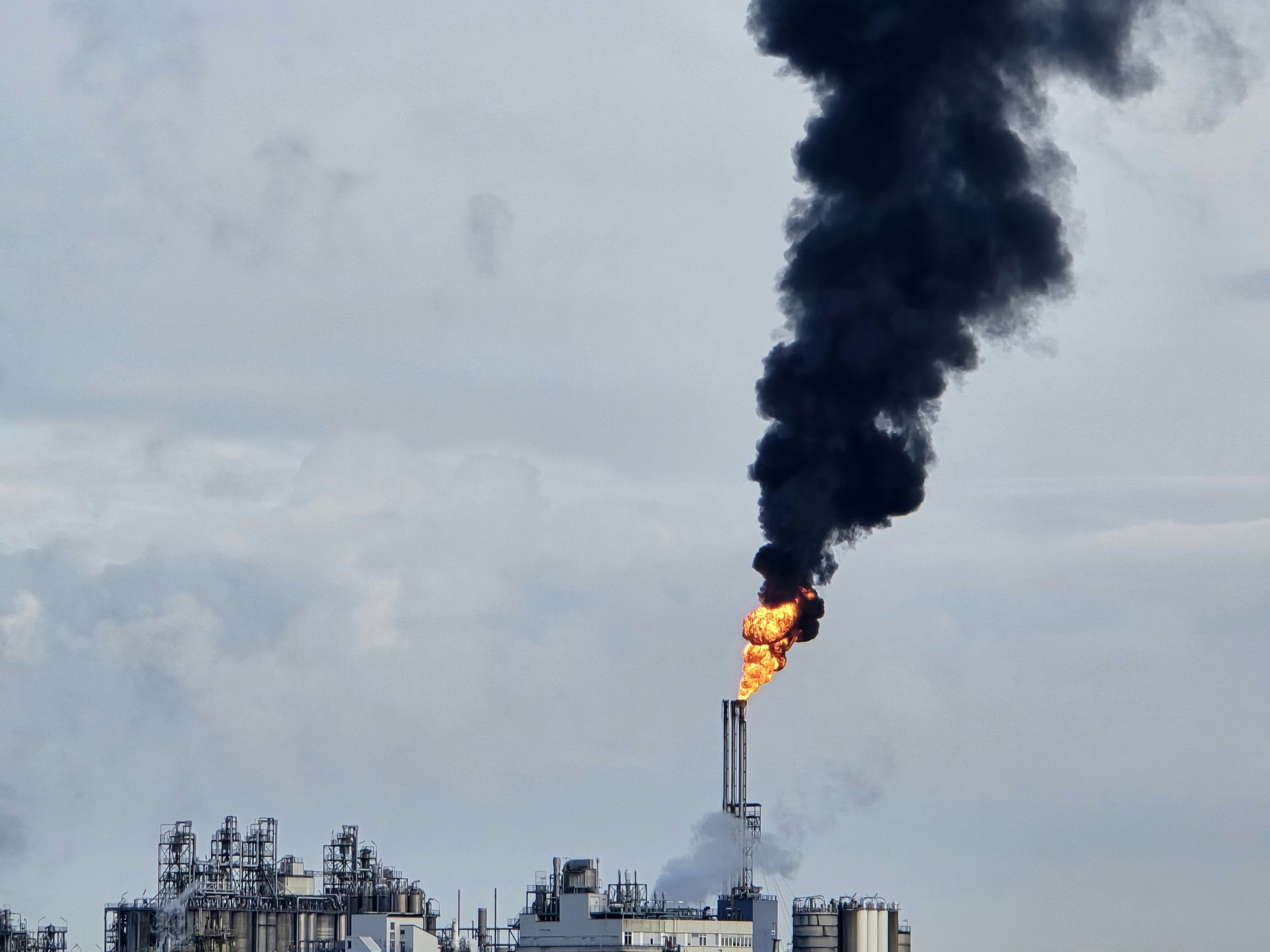We are excited to announce that Brink is now part of Africa Practice. Learn more
South Africa: Power sector reforms provide glimmer of hope

The African National Congress (ANC) party’s elective conference in December 2022 saw Cyril Rampahosa re-elected as president of the ANC with a winning margin of more than three times the number of votes he secured in 2017.
The Rand gained as much as 2.8% (ZAR17.22/USD) on the news that he had succeeded in his bid and was able to secure most of the ANC’s leadership positions for his allies. The outcome provides momentum for South Africa’s presidency to pursue much-needed economic reforms before citizens go to the polls in 2024.
Despite new capex commitments from mining companies in 2022, production remained below pre-pandemic levels on account of endemic problems at beleaguered power and freight parastatals (Eskom and Transnet), which disrupted production and delayed exports of bulk commodities such as iron ore, coal, chrome, ferrochrome, and manganese.
Intermittent power supply from the national grid contributed to a 10% decrease in mining production between October 2021-October 2022, data from Statistics South Africa shows.
South Africa’s resource base – including the largest reserves of platinum-group metals, manganese and chromite – grants it ‘critical nation status’ for the supply of many of the strategic minerals that are needed to decarbonise our planet. But to realise the status of a favoured mining jurisdiction, South Africa must clean up its beleaguered parastatals and urgently implement energy sector reforms. If it can, and it’s a big ‘if’, then the mining industry will be able to grow production and exports.
A meaningful cabinet reshuffle in early 2023 will signal Ramaphosa’s ability and resolve to enact reforms, particularly in relation to energy generation and transmission, and will serve as a good bellwether for the mining industry.
Grounds for optimism
There are grounds for optimism. In July 2022, President Ramaphosa outlined detailed government plans to abolish a 100 MW licensing cap on private sector renewable energy projects, which had been raised from 1 MW in 2021.
The government also committed to greater private sector investment in power generation capacity by unbundling Eskom into three constituent parts – respectively focused on generation, transmission, and distribution. This promises to establish an open competitive market for electricity producers. The president also moved to streamline regulatory processes by introducing a ‘one-stop shop’ for renewable energy project applicants.
Industry response
Mining companies have responded to the lifting of the power generation limits, with 29 firms developing a pipeline of 89 projects worth over ZAR 100 billion, according to industry body Minerals Council South Africa.
Embedded energy projects promise to collectively generate 6.5 GW, making mining the largest contributor of an anticipated 8 GW of independent power projects. Despite the need for a 24-hour baseload, miners are prioritising renewable power solutions, notably solar and wind accompanied by battery storage.
The sector has developed plans for 3.9 GW renewable projects worth an estimated ZAR60 billion, Africa. Once operational, these projects promise to decarbonise a third of the mining industry’s annual electricity consumption, while also helping the sector to advance towards its goal of net-zero emissions by 2050.
Financial gains
Renewables promise to drive down operating costs for miners, who have had to tolerate a six-fold increase in electricity tariffs over the past decade. Eskom’s plans to increase power prices by 32% in April 2023 has spurred investment in renewable projects, particularly for underground operations.
For example, Gold Fields spent some ZAR 715 million (US$39.65 million) on solar panels at its South Deep mine, but these are expected to save ZAR124 million per year and reduce the mine’s annual carbon emissions by 110,000 tonnes.
The solar plant will generate 103 GWh of electricity a year – 24% of the mine’s annual power usage. Gold Fields has also begun seeking environmental approval for wind power generation opportunities in a bid to further diversify its power generation sources.
While most mining companies are prioritising site supply, Eskom’s stated willingness to purchase supply from the private sector means that miners can now also consider selling surplus power back to the grid. The state-owned utility needs an additional 4-6 GW of generating capacity to undertake maintenance on its existing fleet of power stations without disrupting electricity supply, according to internal estimates.
In December 2022, the 10 MW Elikhulu solar renewable energy plant developed at Pan African Resources’ Evander gold mine became the first embedded project over 1 MW to be approved by Eskom to connect to the grid.
When the Elikhulu photovoltaic plant was conceived, the licensing threshold was 10 MW; however, with the increase of the licensing threshold to 100 MW, the company plans to expand the plant’s output to 22 MW in 2023.
Just Energy Transition
South Africa is one of the top 20 greenhouse gas (GHG) emitters in the world on account of its reliance on coal for power generation and industrial processes. At COP 27 in November 2022, South Africa launched its Just Energy Transition Investment Plan (JET IP) with a US$8.5 billion financing package made available by international partners over five years.
JET IP is aligned with the Cabinet-approved National Just Transition Framework, which outlines US$98 billion in total financial requirements from both the public and private sectors to achieve the country’s decarbonization commitments, while protecting vulnerable communities – including coal mining communities in Mpumalanga province, where a development plan that demonstrates how the just transition will unfold in ways that will not threaten the livelihoods of workers and communities dependent on coal, is needed.
Political outlook
The short-term challenges that the mining industry faces in South Africa will remain primarily political. While the December ANC national elective conference delivered a stronger mandate for Ramaphosa to pursue his economic reform agenda, analysts agree that there is still too much power in the office of the minister for Mineral Resources and Energy, which under Gwende Mantashe’s tenure has coincided with a decline in mining exploration activity, a steadfast allegiance to coal-fired and nuclear power, and an unwillingness to accept the need for renewables delivered either by independent power producers (IPPs) or Eskom.
With no short-term solution to load-shedding (six of Eskom’s 15 power stations must close soon, and the performance of the remainder must be brought up to scratch), energy policy will remain a polarising issue within the ANC and a key focus ahead of general elections in 2024. The ANC will be obliged to resolve the tension between renewables and coal if it wishes to ensure its political survival. Mining investors should take advantage of the opportunity to back the president’s power sector reforms while they can.
About the Author
Marcus Courage, CEO at Africa Practice.
*Image source: www.123rf.com
**First published by Mining Review Africa
Proud to be BCorp. We are part of the global movement for an inclusive, equitable, and regenerative economic system. Learn more


